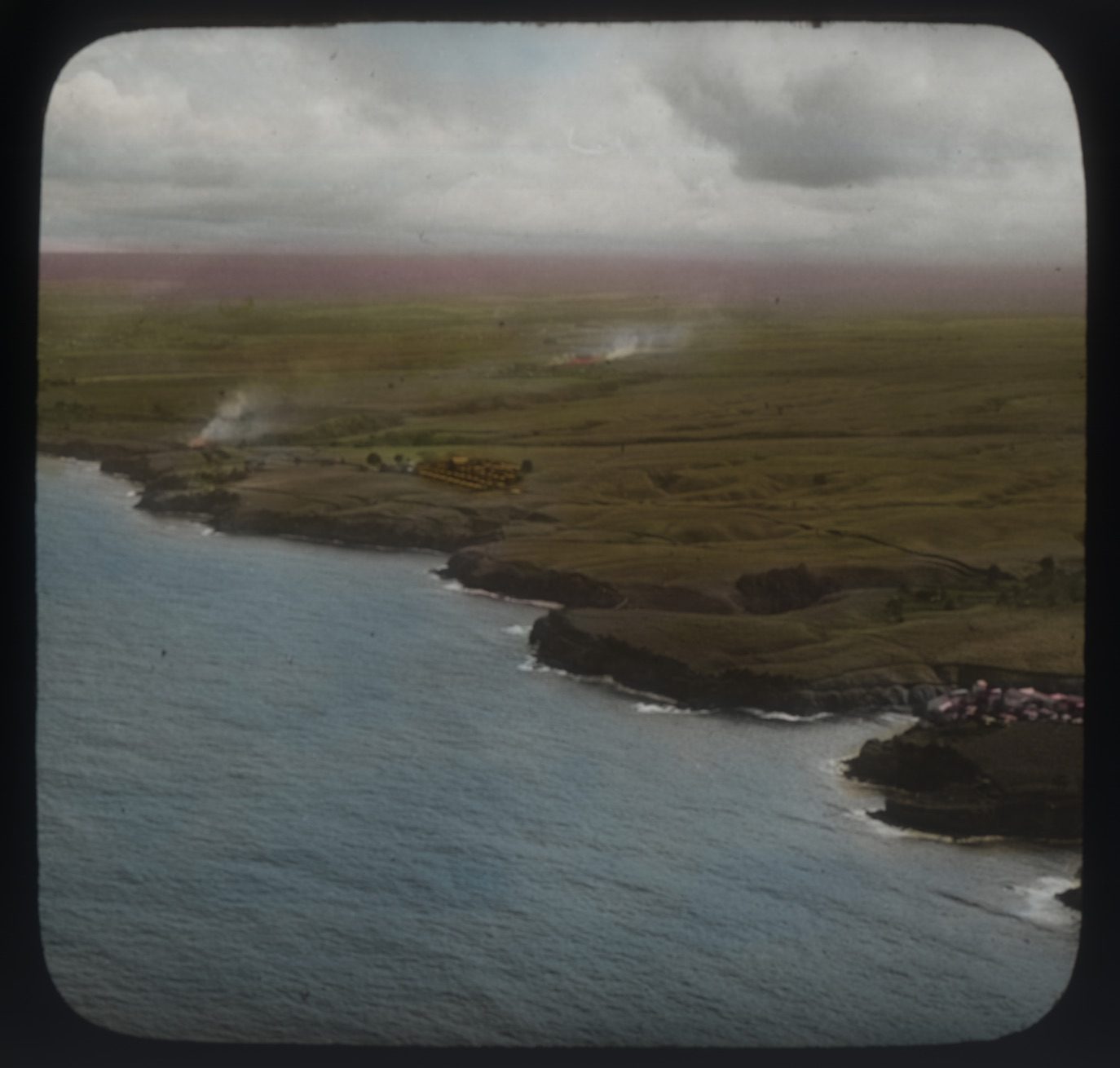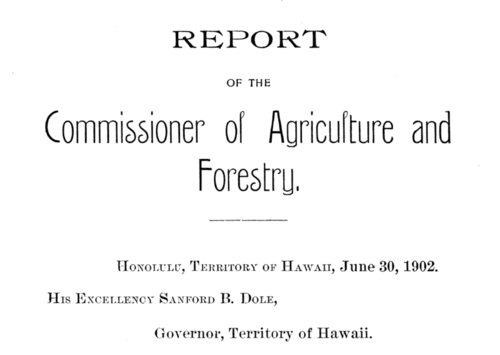
Wildland fire has shaped the history of land management across the United States. The Great Fire of 1910, or “the Big Burn”, scorched 3 million acres of forest in the northwestern US and effectively cemented the fledgling US Forest Service (USFS) as a land management and fire suppression authority across America. The devastation wrought by the 1910 fire was used by the Chief of the USFS, Gifford Pinchot, as political leverage to prevent the agency from being cut altogether and led to the strict USFS policy to suppress all fires in the interest of protecting timber stocks.
The consequences of fire suppression are still being dealt with throughout much of the United States, where a century of fuels accumulation has completely changed the fire ecology of forests. In the West, for instance, high intensity, stand replacing crown fires, exacerbated by a warming climate, are now the norm where low-intensity surface fires once served to thin the understory and contribute to tree regeneration.
Anyone familiar with Hawaiian forests knows that wildland fire features much less prominently in the natural history of these ecosystems. The relatively low frequency of lightning strikes and volcanic events suggest that fire did not have major impacts on Hawai‘i’s vegetation until the arrival of humans. But what most people don’t realize is that fire shaped the history of forest management in Hawai‘i in much the same way as the continental US.
In 1901, nine years prior to the Big Burn in the American West, “a disastrous fire” burned an estimated 30,000 acres in Hamakua on Hawai‘i Island. The fire was set intentionally to clear brush for agriculture but escaped control and burned “with more or less vigor” for three months until the rains extinguished it.

The extent of forest impacted by the Hamakua Fire was of major concern to the Territorial government of Hawai‘i according to the 1902 Governor’s Report of the Commissioner of Agriculture and Forestry.

But, as opposed to the USFS objectives following the 1910 Big Burn, timber was not the interest at stake. In the words of “Expert Forester” Mr. Edward M. Griffith with the US Bureau of Forestry (the USFS did not yet exist) who visited Hawai‘i shortly after the Hamakua Fire, “the question of the best methods of [timber management] does not enter into consideration; the whole problem is conserving the water supply which depends on the preservation of the existing forests and restocking some of the denuded slopes…” Mr. Griffith and the local forester, Mr. David Haughs, recognized that the success of expanding agricultural industries in Hawaii depended on the water supplied by the forests. The Hamakua Fire demonstrated just how vulnerable Hawaiian watersheds had become as “the agriculturalist has been creeping off the forest from the lower side, and the ranchmen down from the upper side.”
Mr. Haughs called for the immediate establishment of a reserve in Hamakua to protect the remaining tracts of forest. As further justification, he cited a prior drought (possibly in 1900) as the worst in living memory, requiring water shipments for domestic use, as well as evidence for continual running streams in Hamakua in the past that no longer flowed down the mountain. Visiting forester Mr. Griffith further called “for government, planter, and others owning or leasing land upon which water is the chief consideration to co-operate and see to it that the forests are thoroughly protected.” Mr. Griffith recommended the formation of a “Forest Force” consisting of rangers on each island charged with patrolling government forest land, enforcing lease terms such as fence maintenance, managing forestry plantings and acting as fire wardens.

The following year in 1903, Richard Hosmer was appointed the first Superintendent of the Division of Forestry for the Territory of Hawai‘i, on the recommendation of the Chief of the US Division of Forestry, Gifford Pinchot, who would later become Chief of the USFS. That same year saw the establishment of the first forest reserves in Hawai‘i - 17,000 acres in North Hamakua on Hawai‘i island and 900 acres at Kaipapa‘u on O‘ahu. Annual reporting of fires across the state began in 1904, now providing more than a century of data to look at Hawai‘i’s changing fire regimes. The following year, the Forest Fire Law of 1905 charged the Board of Commissioners of Agriculture and Forestry with “the prevention, control and extinguishment of forest fires within the Territory” and named the Superintendent of Forestry as the Chief Fire Warden.
How has fire management progressed in Hawai‘i since the 1901 Hamakua Fire? It's not hard to argue that the capacity to mitigate fire impacts to our communities and watersheds has not kept pace with the dramatic increases in acreage burned in recent decades. Is this a result of failing to prioritize fire management or just the ground shifting under our feet – population growth, expanding fallow grasslands, and drying trends in parts of the state.
On one hand the Hamakua Fire presents a worst case scenario: the potential destructive effects of fire and vulnerability of Hawaiian forests even in wet, windward regions. But it also shows a best case scenario in terms of societal response and reshuffling of priorities (i.e., water) that still resonate with watershed and land management efforts today.
The problem is laid out in front of us, and so are many solutions that can contribute to reducing the burden placed on Hawai‘i’s fire responders - better planning, proactive fuels reduction, and even getting fallow land back into agriculture. The work remains to build recognition and generate support required to carry out the effort.
